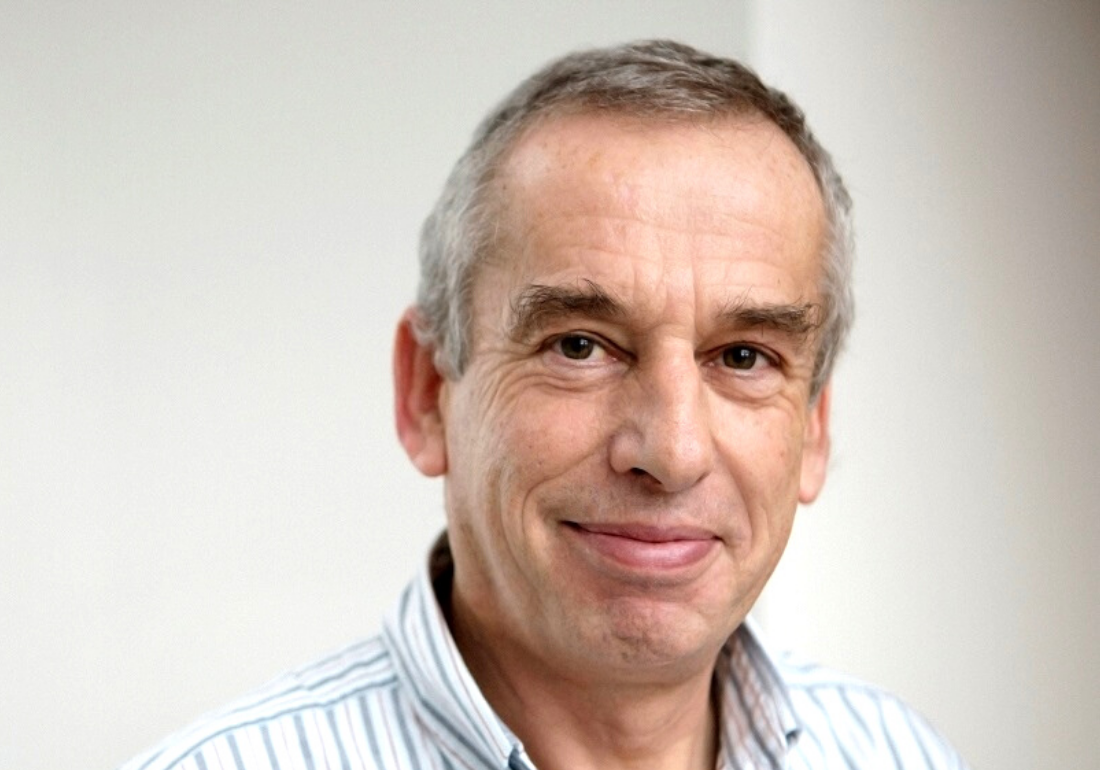In October, we posed 9 new challenges to the research community, each with the potential to change the way we think about cancer. Through our new blog series, members of our Cancer Grand Challenges Scientific Committee reflect on where a global, multidisciplinary team could take us with each challenge. Here, Professor Nic Jones shares his thoughts on dormancy.
The clinical need for the dormancy challenge is huge. The fact is that people can be seemingly successfully treated and go through 10, 15 or 20 years of cancer-free life – and then all of a sudden, their cancer comes back, metastatic and often aggressive. It’s devastating.
Cancer cell dormancy is an area in which the scientific community has always wanted to make real progress. But even though we’ve known of the concept for around 70 years, it has been really tough to study. We’re talking about elusive cells that have embedded themselves in a niche far from their organ of origin, remaining dormant for many years. How do you study that, from an experimental point of view, when the tools to detect and characterise these cells don’t exist?
This is why now is absolutely the right time to take this challenge on – because now, the tools that enable us to image and characterise single cells in precise, sensitive detail are available. For example, the IMAXT team is using single-cell genome, DNA and RNA sequencing technologies to great effect in their Cancer Grand Challenges programme. Even compared to 3 years ago, when we first posed this challenge to the research community, we’re much further along in our journey of being technologically capable of interrogating dormancy.
If one is to apply these technologies and build our knowledge of dormancy, a major barrier must be addressed – our lack of really good, pre-clinical models. These are key if we are to understand the rules of the game. For instance, which factors maintain dormant cells? It’s likely a combination of intrinsic factors associated with the disseminated cells themselves and the environment they find themselves in – but what in particular? Importantly, once we know the factors that keep a cell dormant, we can ask – what’s involved in their reactivation?
My expectation is that, after 5 years of Cancer Grand Challenges funding, a team will have unlocked a significantly better understanding of dormancy. This – combined with the development of experimental models, systems and additional tools – will herald a new era in this important area of research. And with that understanding I think there are 3 clinical avenues to explore. First – can we prevent dormant cells from reawakening? Second – although riskier, could we deliberately awaken these cells before hitting them with therapeutic approaches used to treat a primary tumour? Or third – could we selectively kill dormant cells by exploiting their vulnerabilities?
These are obviously long-term, clinical goals. We don’t yet understand these issues in any great detail. But I am encouraged by the emergence of recent interesting studies (discussed here) and think with the right expertise, innovative approach and scale of funding we could make real inroads in our understanding.
The hallmark of a Cancer Grand Challenge is a problem that is incredibly challenging and can only be addressed with real innovation and by uniting different kinds of expertise. The dormancy challenge definitely fits into that bucket. It’s so important, it’s such an interesting scientific issue, and with the exciting technological developments of recent years, now is absolutely the right time to take the challenge back to the research community.
I’m really excited to see what the teams will come up with.
Learn more about the dormancy challenge. For details on how to apply, click here.
